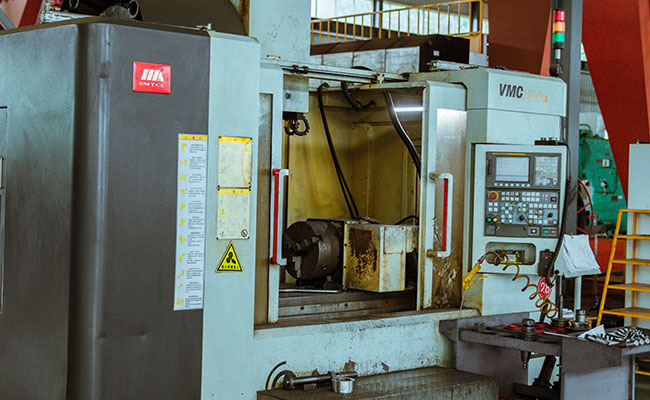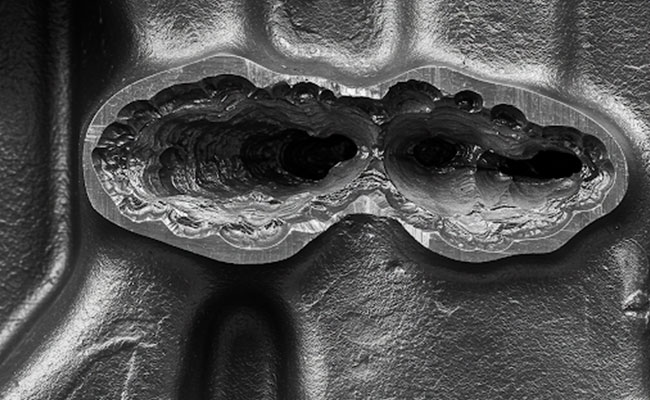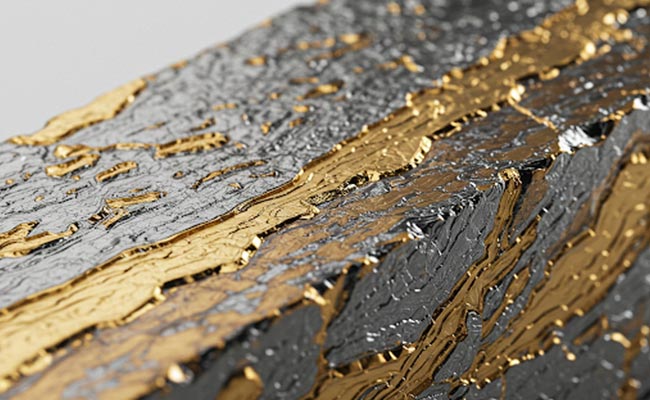
NC Machine Tools
2021-08-30
Common Defects of Ductile Iron
2021-09-13Some metalworking processes were developed as early as 4000 B. C.. However, it was not until the beginning of the Industrial Revolution in the 1750s(also referred to as the First Industrial Revolution) that automation began to be introduced in the production of goods. Machine tools(such as turret lathes, automatic screw machines, and automatic bottle-making equipment) began to be developed in the late 189-s. Mass-production techniques and transfer machines were developed in the 1920s. The machine had fixed automatic mechanisms and were designed to produce specific products best represented by the automobile industry which produced passenger cars at a high production rate and low cost.
The major breakthrough in automation began with numerical control(NC) of machine tools. Since this historic development, rapid progress has been made in automating most aspects of manufacturing. These developments involve the introduction of computers into automation, computerized numerical control(CNC), adaptive control(AC), industrial robots, computer-aided design, engineering, and manufacturing(CAD/CAE/CAM), and computer-integrated manufacturing(CIM) systems.
Manufacturing involves various levels of automation, depending on the processes used, the product desired, and production volumes. Manufacturing systems in order of increasing automation include the following classifications:
Job shops: These facilities use general-purpose machines and machining centers with high levels of human labor involvement.
Stand-alone NC production: This uses numerically controlled machines but with significant operator/machine interaction.
Manufacturing cells: These use a designed cluster of machines with integrated computer control and flexible material handling- often with industrial robots.
Flexible manufacturing systems: These use computer control of all aspects of manufacturing, the simultaneous incorporation of a number of manufacturing cells, and automated material-handling systems.
Flexible manufacturing lines: Organize computer-controlled machinery in production lines instead of cells. Part transfer is through hard automation, product flow is more limited than in flexible manufacturing systems, but the through put is larger for higher production quantities.
Flowlines and transfer lines: Consist of organized groupings of machinery with automated material handling between machines. The manufacturing line is designed with limited or no flexibility since the goal is to produce a single part.




